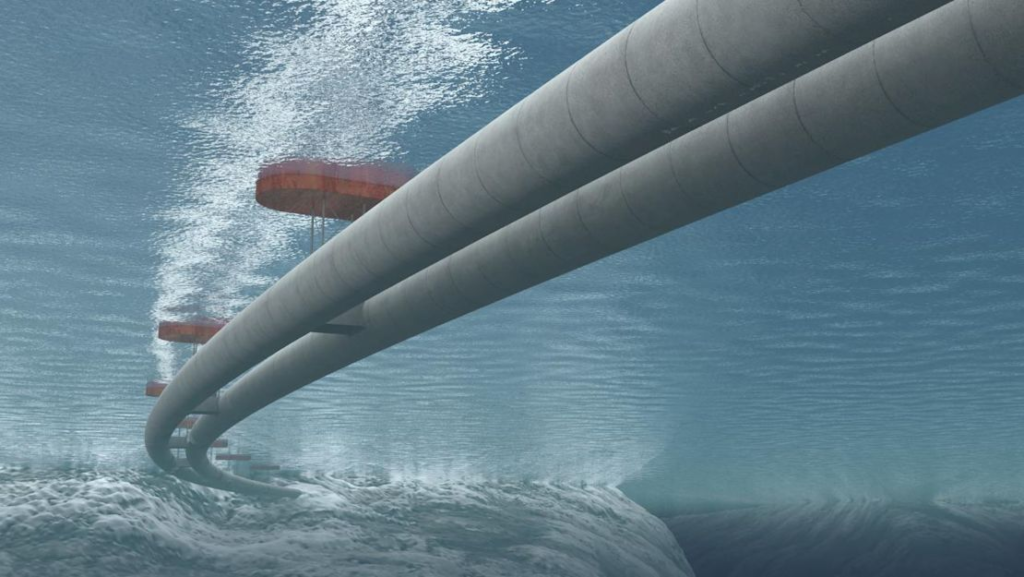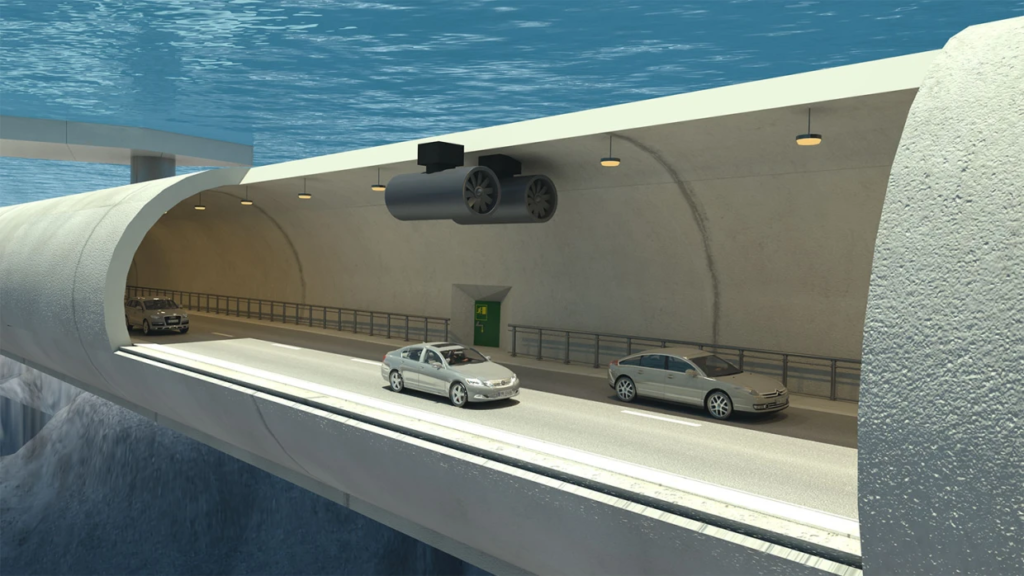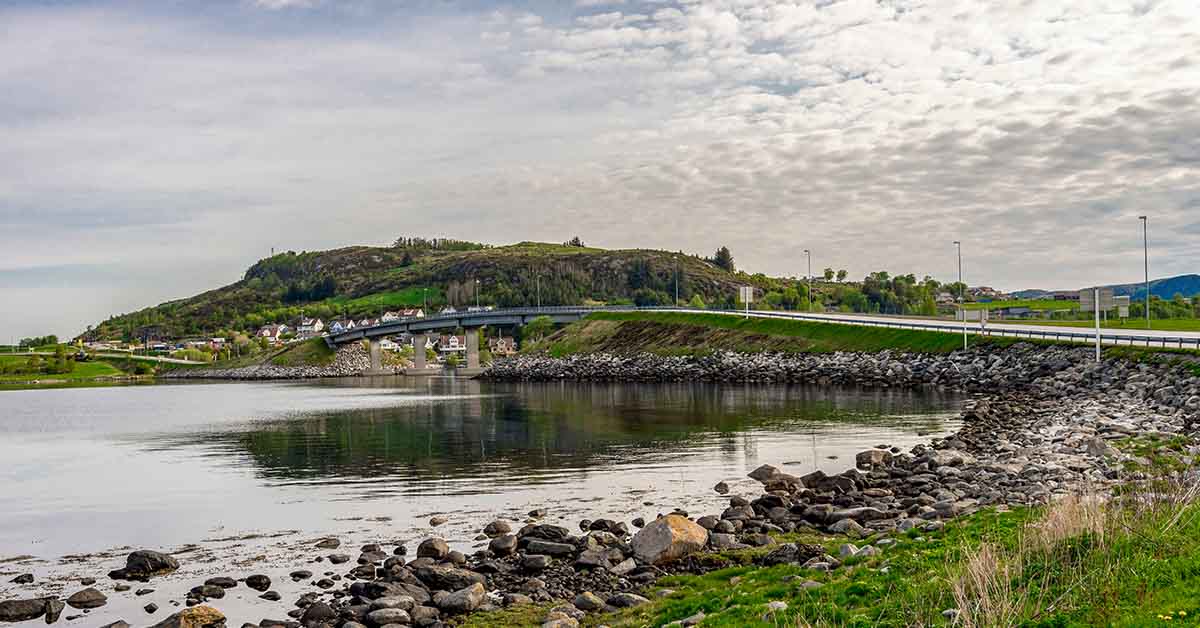Norway’s ambitious venture, the European Route E39, stands as a testament to the nation’s dedication to innovation and infrastructure development. Spanning a length of 1,330 kilometers, this coastal highway has captured global attention with its unique blend of a floating tunnel, bridges, and awe-inspiring vistas. Let’s take a journey through time, from the inception of this colossal project to its latest groundbreaking developments.
The Birth of a Vision And A Floating Tunnel (2018 – 2019)

In 2018, Norway embarked on its most significant infrastructure endeavor yet, the European Route E39. With an estimated cost of 50 billion dollars, this monumental project aimed to revolutionize travel across the country’s rugged terrain. The vision was simple yet audacious: to reduce ferry rides and make the northern regions more accessible.
A Visionary Concept

One of the project’s highlights was the proposed submerged floating tunnels, a concept that captured the imagination of engineers and policymakers alike. These tunnels, designed to sit approximately 100 feet below the water’s surface, promised to overcome the challenges posed by Norway’s deep fjords and rugged coastline.
As the project gained momentum, international attention turned to Norway’s race to build the world’s first submerged floating tunnel. With competitors from countries like China, South Korea, and Italy also exploring similar ventures, Norway aimed to lead the pack in this groundbreaking endeavor.
Milestones Achieved (2023 – Present)

Fast forward to January 9, 2023, when Norway achieved a historic milestone with the awarding of contracts for the Rogfast tunnel. Stretching 16.5 miles under the Boknafjord, this tunnel marked a significant step towards realizing the E39 coastal highway. The contracts, totaling a staggering $900 million, underscored Norway’s commitment to pushing the boundaries of engineering innovation.
Further Plans

The Rogfast tunnel, set to form the southern end of the E39 route, epitomized the project’s grandeur and complexity. With depths reaching 1,286 feet below sea level, it promised to be the world’s longest subsea road tunnel, setting a new standard for maritime engineering.
Read More: 7 Places to Visit Before You Leave This World
Furthermore, plans for ferry replacements, including a floating suspension bridge over the Bjørna fjord south of Bergen, signaled Norway’s determination to streamline travel and enhance connectivity across its coastal regions. By eliminating seven ferry crossings, the E39 coastal highway aimed to slash travel time between Kristiansand and Trondheim by a staggering 8.5 hours, revolutionizing transportation in the region.
Looking Ahead (2024 and Beyond)

As we stand on the cusp of a new era in transportation, Norway’s E39 coastal highway project serves as a beacon of progress and possibility. With construction well underway and milestones being surpassed, the nation is poised to redefine the boundaries of maritime engineering and infrastructure development.
As the world watches with bated breath, Norway’s journey towards completing the E39 coastal highway promises to inspire future generations of engineers, innovators, and dreamers. In a landscape where mountains meet the sea, the E39 stands as a symbol of human ingenuity conquering nature’s formidable challenges.
Read More: Power Above, Berries Below: Farmers Reap Double Benefits With Solar Power in Fields
This content has, in part, been generated with the aid of an artificial intelligence language model. While we strive for accuracy and quality, please note that the information provided may not be entirely error-free or up-to-date. We recommend independently verifying the content and consulting with professionals for specific advice or information. We do not assume any responsibility or liability for the use or interpretation of this content.

